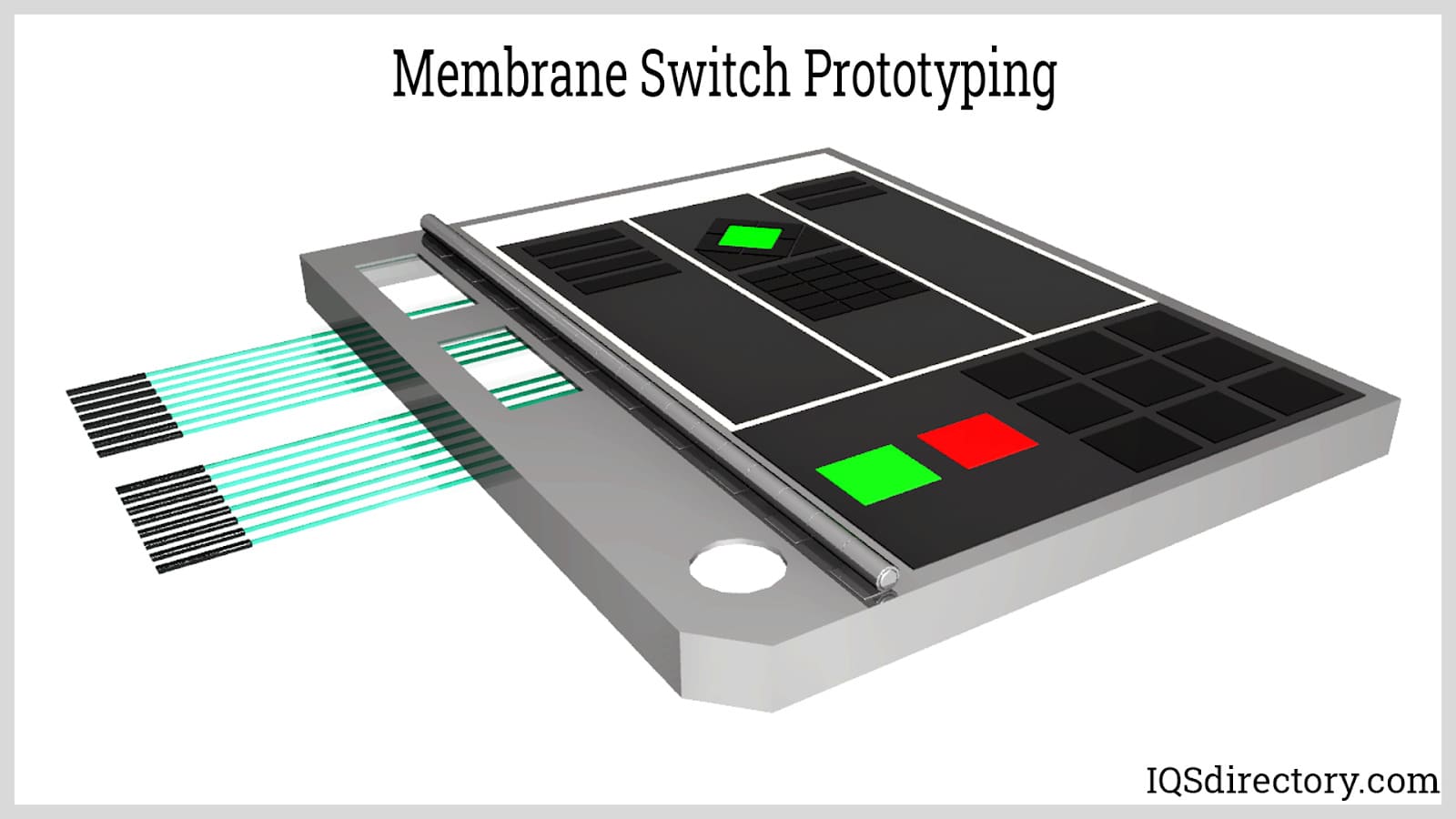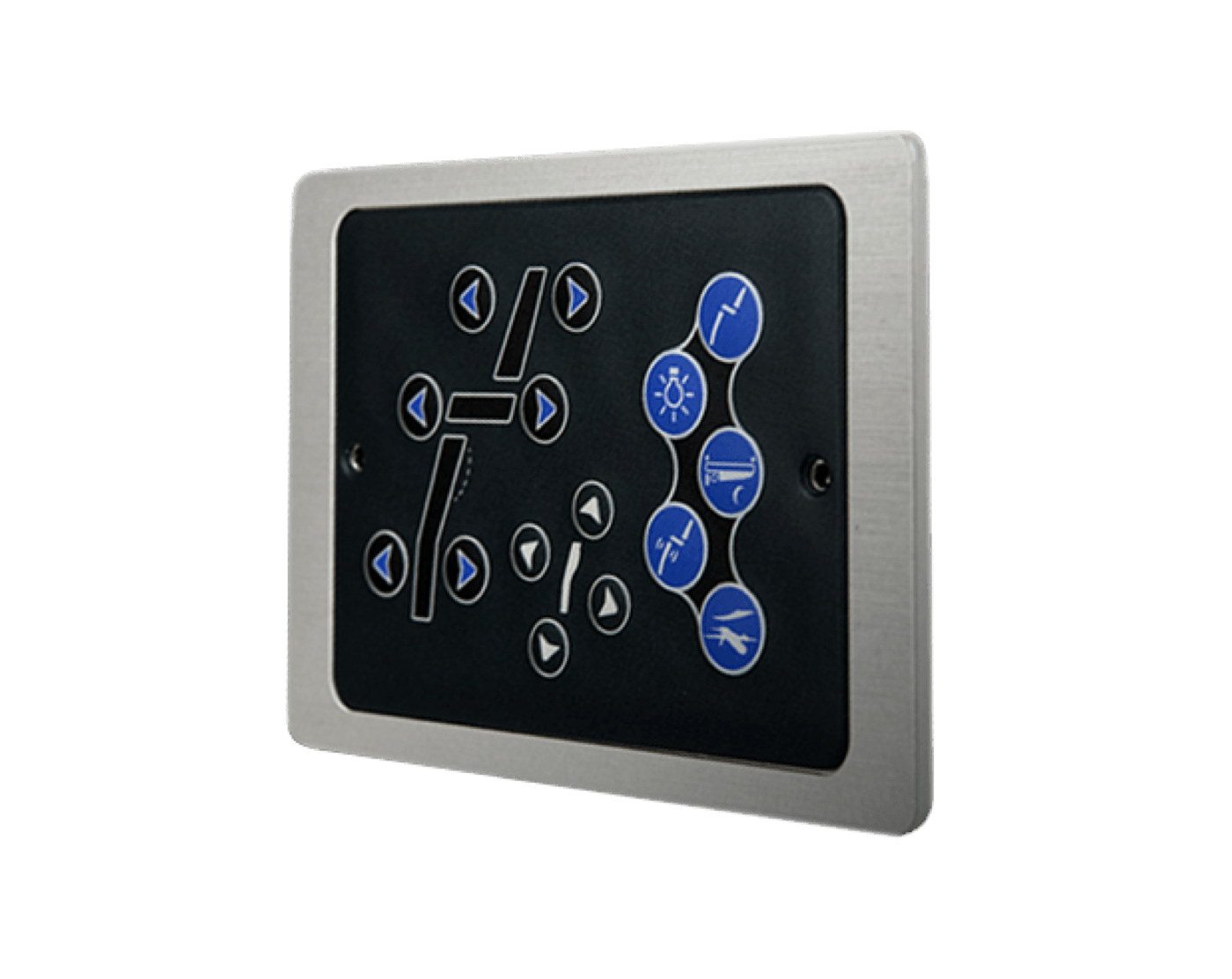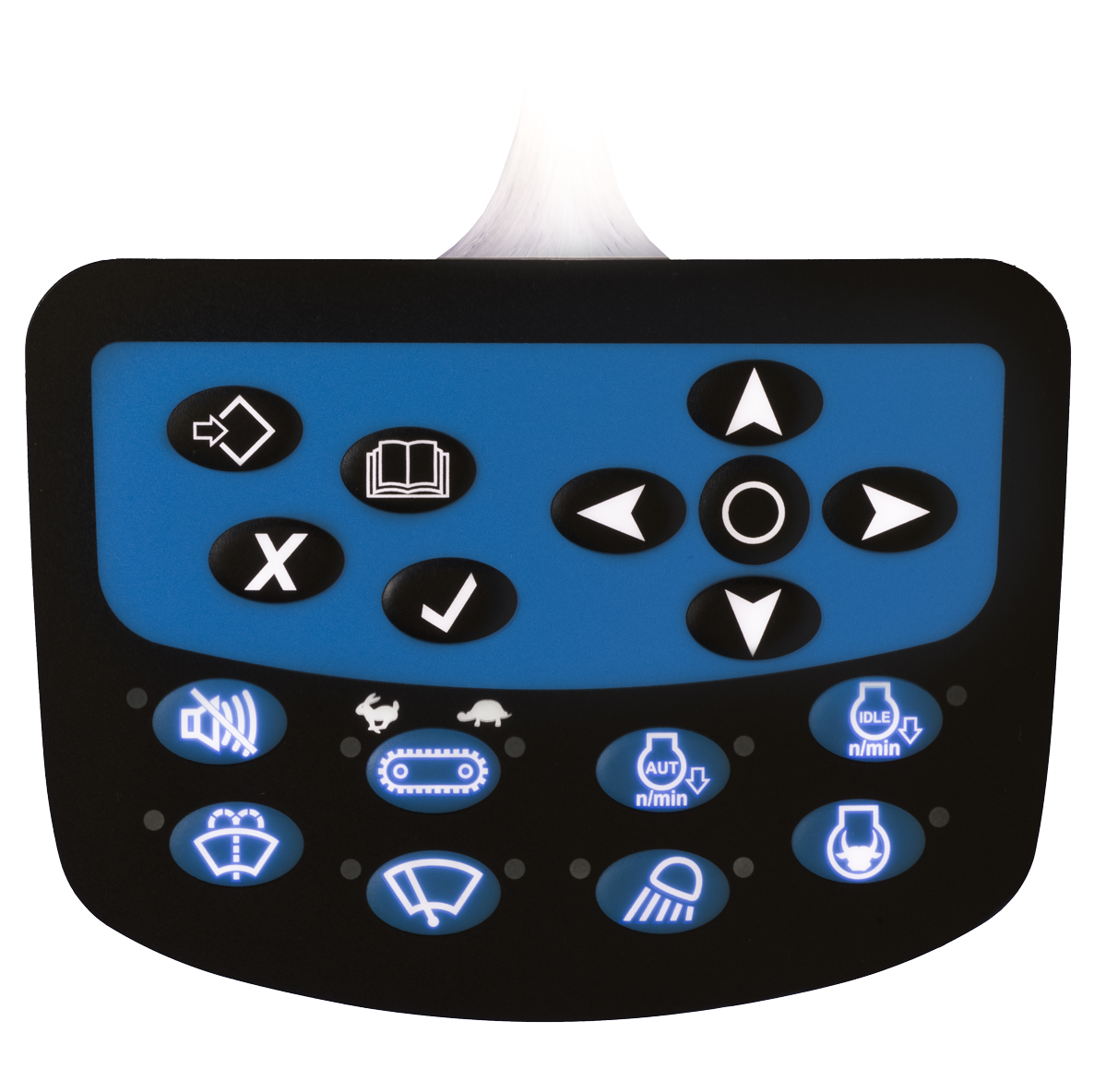Partnering with an experienced membrane switch manufacturer can simplify your production process.
Partnering with an experienced membrane switch manufacturer can simplify your production process.
Blog Article
All Regarding Membrane Switch Over: Comprehending Its Design and Performance
When you think regarding the control interfaces in modern gadgets, membrane layer switches commonly come to mind. Let's explore what sets membrane layer switches over apart from other control systems.
What Are Membrane Layer Switches?

Membrane buttons can additionally be customized relating to form, dimension, and graphics, permitting makers to create unique interfaces tailored to particular items. In general, membrane switches play a significant duty in improving individual experience across a large variety of applications.
Exactly How Membrane Switches Over Work
When you push a secret on a membrane button, it activates an uncomplicated yet efficient device. membrane switch manufacturer. The top layer, commonly made of adaptable product, pushes down onto a conductive layer below it.
You'll see that the tactile responses differs based upon the button design, supplying either a soft click or a more noticable reaction. Once you release the trick, the membrane layer returns to its initial placement, reopening the circuit and stopping the signal. This procedure happens practically instantly, making sure a receptive customer experience.
Membrane layer switches are preferred because of their toughness and resistance to dust and moisture, making them excellent for numerous applications, from house appliances to medical devices. Comprehending this operation aids you value their prevalent usage.
Trick Elements of Membrane Switches
Recognizing the vital parts of membrane buttons is fundamental for comprehending their performance and style. At the core, you'll discover the visuals overlay, which gives the visual interface for customers. Beneath that, there's a spacer layer that separates the circuit layers, ensuring that they don't make contact until pressed. The circuit layer is where the magic takes place; it includes conductive traces that finish the circuit when you press the switch. Another important element is the adhesive backing, allowing the switch to stick to surface areas safely. Lastly, the protective layer shields versus ecological elements and put on, prolonging the switch's life-span. Each part plays a considerable role in ensuring reliable efficiency and individual interaction. By understanding these parts, you'll get understanding into how membrane changes run and their significance in various applications.
Products Made Use Of in Membrane Change Layout
The performance and durability of membrane changes greatly depend on the products utilized in their style. You generally encounter polyester and polycarbonate as main substratums as a result of their outstanding strength and flexibility. These materials stand up to scratches and chemicals, making them ideal for demanding settings.
The conductive layers typically make use of silver or carbon, chosen for their dependability and conductivity. membrane switch manufacturer. Silver gives superior efficiency, while carbon is a cost-efficient choice. For the overlay, you might take into consideration a matte or shiny coating, depending on your visual needs and user experience
Adhesives play an important function also; they bond layers safely and ensure durability. Ensure to select adhesives that endure ecological factors like temperature level and moisture. Do not neglect the significance of a good printing method for graphics, as it enhances both functionality and aesthetic allure. Choosing the right materials will certainly ensure your membrane switch stands the test of time.
Design Considerations for Membrane Layer Switches
While designing membrane switches, it's crucial to consider numerous aspects that influence their functionality and customer experience. Begin by concentrating on the design and switch size; make certain they're user-friendly and simple to browse. Take into consideration the tactile responses you intend to offer-- will users need an obvious click or a softer touch? In addition, consider the products you'll utilize, as they'll affect durability and visual appeals.
Confirm your design fits environmental factors, like dampness or temperature variations, which could affect efficiency. By very carefully thinking about these elements, you'll develop a membrane switch that enhances functionality and satisfaction.
Applications of Membrane Buttons
Membrane buttons are functional parts found in numerous applications, from commercial equipment to customer electronics. You'll see their influence in machines that need durable user interfaces and in tools that take advantage of streamlined styles. Recognizing these applications aids you appreciate the capability and from this source practicality of membrane switches in daily modern technology.
Industrial Tools Use
When you're seeking to boost the performance of industrial devices, membrane buttons offer a trusted solution that combines sturdiness with user-friendly style. These buttons are perfect for rough environments, supplying resistance to dirt, dampness, and chemicals. You'll find them in control panels for producing devices, cooling and heating systems, and medical gadgets, where precision and responsiveness are important. Their low account means they fit flawlessly into various equipment, saving important space while preserving simplicity of usage. With adjustable graphics and backlighting choices, you can create an user-friendly user interface for operators, enhancing efficiency and safety and security. And also, their lengthy lifespan minimizes upkeep expenses, making them a smart investment for your industrial applications. Accept membrane layer buttons to simplify your operations and improve total efficiency.
Consumer Electronic Devices Combination
In the domain of consumer electronic devices, membrane layer switches play an essential function in improving user communication and gadget capability. You'll find them in devices like microwaves, push-button controls, and gaming consoles, supplying a smooth means to communicate with modern technology. Their sleek style enables simple assimilation right into different products, making controls instinctive and easy to use. With their ability to include graphics and backlighting, you can delight in a contemporary visual that complements the gadget's overall appearance. Membrane layer buttons our website also assure toughness and resistance to dirt and dampness, extending the life-span of your electronic devices. By choosing membrane switches, you boost not simply the capability but likewise the design of your devices, making day-to-day communications smooth and delightful.
Benefits and Drawbacks of Membrane Layer Switches
While membrane buttons provide an array of benefits, they additionally come with some disadvantages that you must consider. One considerable benefit is their compact style, making them suitable for space-constrained applications.

Nonetheless, there are disadvantages. Membrane layer switches can have a shorter life-span compared to mechanical buttons, particularly under heavy usage. They can likewise be less have a peek at these guys responsive, which might influence customer comments throughout procedure. Moreover, if damaged, fixing them can be difficult and typically needs total substitute. Eventually, their sensitivity to severe temperatures and environmental problems may limit their effectiveness in particular settings. Balancing these pros and cons will aid you establish if membrane layer switches are the right fit for your task.
Regularly Asked Questions
The Length Of Time Do Membrane Changes Commonly Last?
Membrane layer switches over generally last in between 5 to one decade, depending upon use and environmental conditions. You'll wish to assess elements like wear, exposure to dampness, and temperature level changes to assess their long life efficiently.
Can Membrane Layer Switches Over Be Customized for Specific Layouts?
Yes, you can tailor membrane buttons to fit particular designs (membrane switch manufacturer). You'll have the liberty to pick shades, forms, and formats that match your project's demands, guaranteeing they blend effortlessly with your total visual
What Is the Cost Variety for Membrane Layer Change Production?
The cost range for membrane switch production normally drops between $1 and $10 per device, depending on elements like style intricacy, amount, and products. You can get quotes from makers to find the very best alternative.

Are Membrane Switches Over Water-proof or Resistant?
Membrane buttons can be created to be waterproof or resistant, depending on products made use of and building techniques. If you need them for damp environments, ensure you define those needs during the layout procedure.
Exactly How Do Membrane Layer Changes Compare to Traditional Switches?
Membrane switches are typically thinner and a lot more versatile than typical buttons, offering a smooth layout. They're often much easier to cleanse and incorporate, however may not give the tactile responses you're made use of to with mechanical options.
Verdict

Report this page